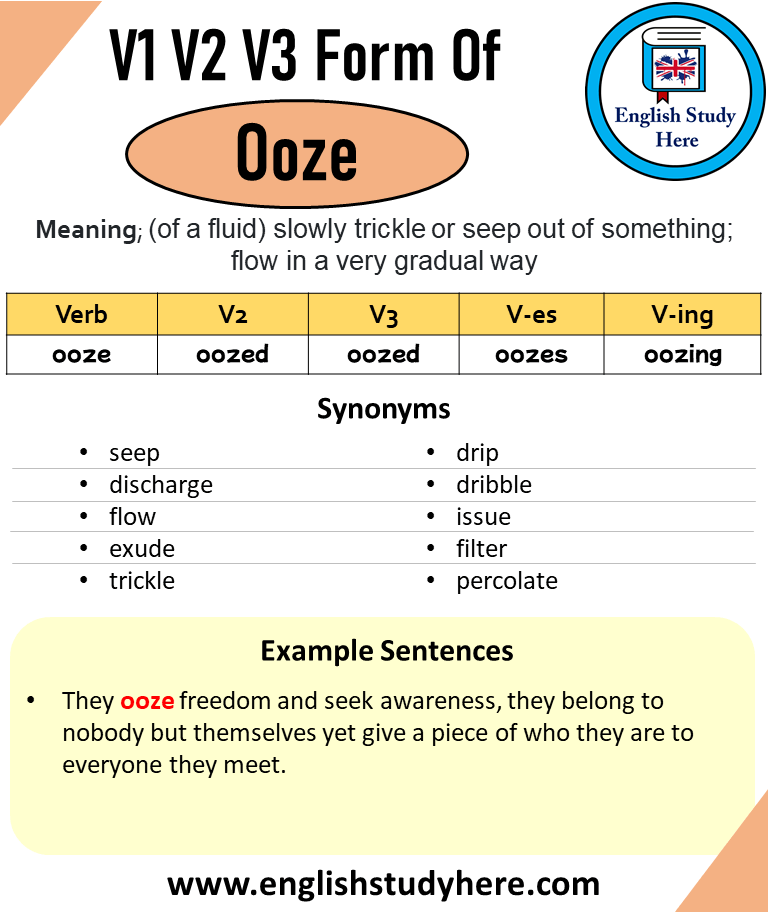Seek Past And Past Participle Form V1 V2 V3 V4 V5 Form of Seek
Are you puzzled by the different forms of the verb “seek”? Understanding verbs and their forms can be tricky, but don’t worry—you’re not alone.
Whether you’re writing an essay, drafting an email, or simply brushing up on your grammar skills, knowing the correct forms of verbs is essential. We will explore the past and past participle forms of “seek,” specifically focusing on its V1, V2, V3, V4, and V5 forms.
By the end of this read, you’ll have a clear grasp of how to use “seek” in all its forms, boosting your confidence in both speaking and writing. Stick around to uncover these secrets and elevate your language skills to new heights.

Credit: englishstudyhere.com
Verb Forms Of Seek
The verb “seek” has different forms. Each form has a special use. The base form is “seek”. This is called V1. The past tense, or V2, is “sought”. For the past participle, or V3, we also use “sought”. The present participle, or V4, is “seeking”. Lastly, the third person singular form, or V5, is “seeks”.
These forms help us know when the action happened. Use them to make sentences clear. Always remember: V1 for now, V2 and V3 for then. V4 is for ongoing actions. V5 is for he, she, or it. Simple rules make verbs easy!

Credit: m.youtube.com
Usage Of Seek In Sentences
Seekmeans to look for something. People often seekhelp when they are lost. You can seekadvice from a teacher. If you are confused, you may seekanswers. Many kids seekfun during playtime. They often seeknew games to enjoy.
Sometimes people soughtold books in libraries. They have soughtancient knowledge for years. Friends often soughteach other during school events. Many have soughtadventures in the woods. Children have soughthidden treasures in stories.
| Tense | Form of Seek |
|---|---|
| Present | Seek |
| Past | Sought |
| Future | Will seek |
| Present Perfect | Have sought |
| Past Perfect | Had sought |
Common Mistakes With Seek
Many people confuse the verb forms of “seek”. The present form is “seek”. The past form is “sought”. The past participle is also “sought”. This is a common mistake. Remember this pattern to avoid errors.
Some mix up its usage in sentences. Always use “seek” when you look for something. Use “sought” for past events. Do not say, “I seeked help.” Use “I sought help” instead.

Credit: www.pinterest.com
Conclusion
Understanding the forms of “seek” is essential for effective communication. Using the correct verb forms can improve clarity. “Seek” in its past form is “sought,” both for past and past participle. Remembering these forms helps in writing and speaking. Practice using “seek,” “sought,” and “seeking” in sentences.
This will boost your confidence in English. It’s simple once you get the hang of it. Keep practicing and you will improve. Mastering these forms can aid in learning other verbs too. Stay curious, and keep learning.






